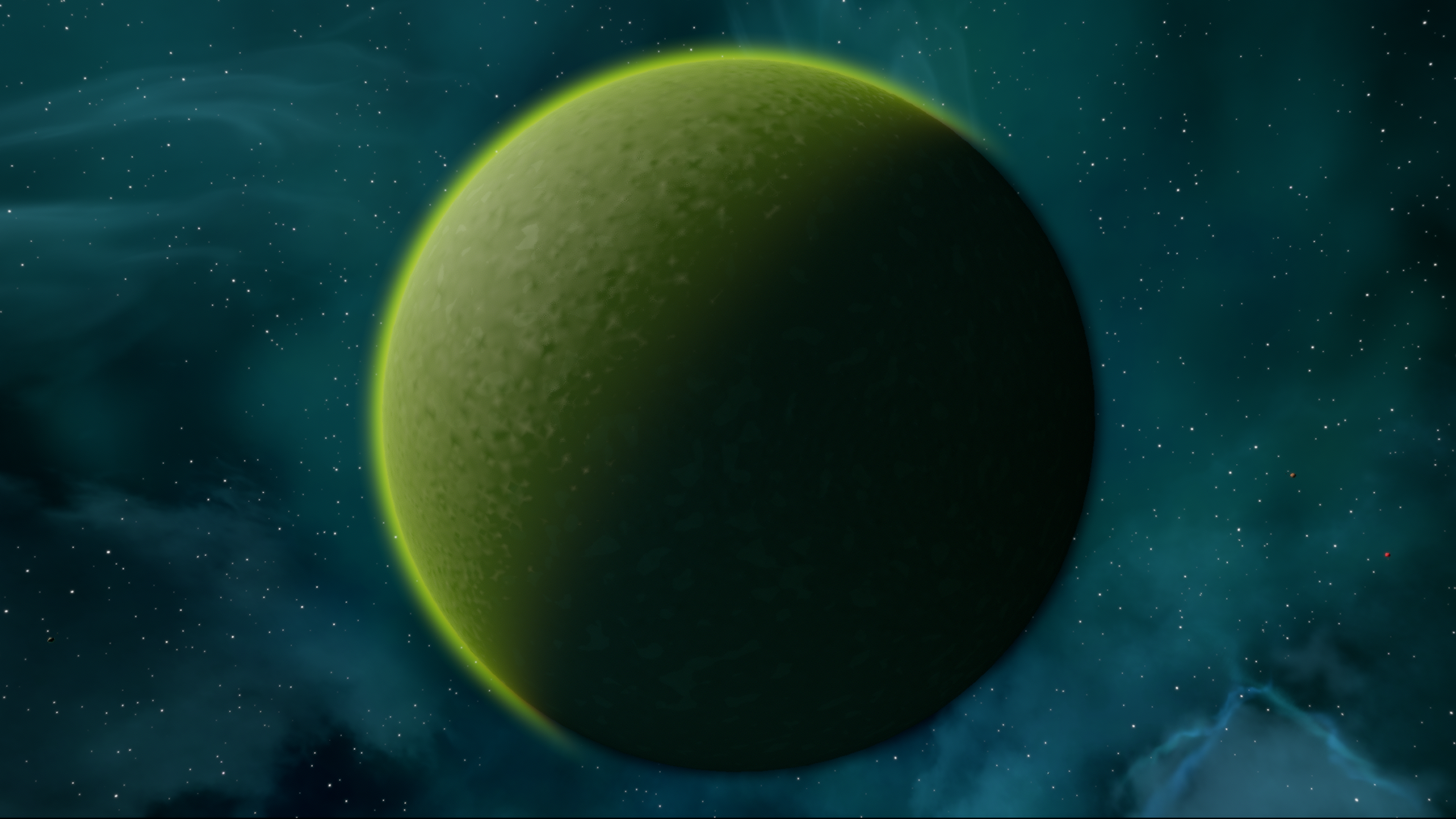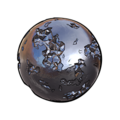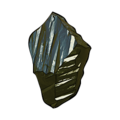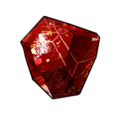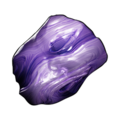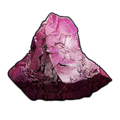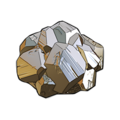Difference between revisions of "Knephas"
Jump to navigation
Jump to search
| Line 44: | Line 44: | ||
'''Knephas''' ([[wikipedia:Homeric_Greek|Homeric Greek]]) is a term from [[wikipedia:Homer|Homer's]] ''[[wikipedia:Iliad|Iliad]]'' used to describe the darkness particular to the evening dusk or twilight period. | '''Knephas''' ([[wikipedia:Homeric_Greek|Homeric Greek]]) is a term from [[wikipedia:Homer|Homer's]] ''[[wikipedia:Iliad|Iliad]]'' used to describe the darkness particular to the evening dusk or twilight period. | ||
[[Category:Moons]] | |||
[[Category:Atmosphere - Surtrite/Karnite]] | [[Category:Atmosphere - Surtrite/Karnite]] | ||
Latest revision as of 00:51, 4 August 2024
Knephas
Pronunciation/kˈneɪ.fɑːs/
(Homeric Greek) - IPA(key)
(Homeric Greek) - IPA(key)
AliasesAurora
ClassificationMoon
Satellite ofEos
Location22nd moon of Eos
Orbital Distance~ 76,000 km
Moon Characteristics
Volume3.35×107 km
Diameter400 km
AtmosphereSurtrite/Karnite
Atmospheric Height17 km
Crust MaterialValkite
Surface Gravity1.3 G
Gravity Well80 km
Notable Minerals
Knephas (/kˈneɪ.fɑːs/) is a rocky and especially mountainous moon, with few flat sections to speak of. It has an unusually close atmosphere for a moon of its size which, though composed of surtrite and karnite, glows a sickly green throughout the day, only giving way to a deep violet at dusk.
Nomenclature
Knephas (Homeric Greek) is a term from Homer's Iliad used to describe the darkness particular to the evening dusk or twilight period.
